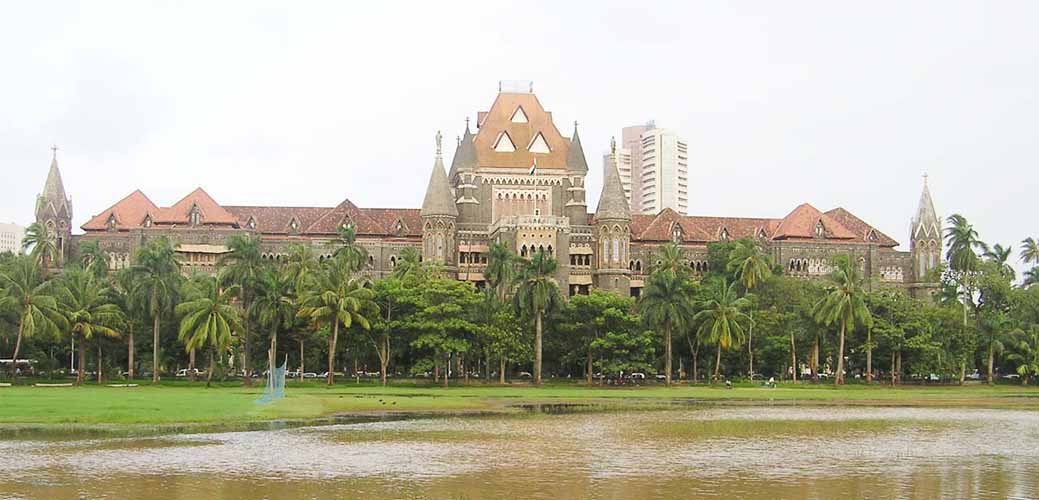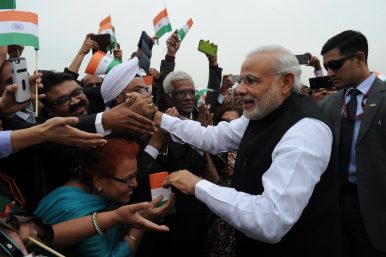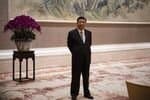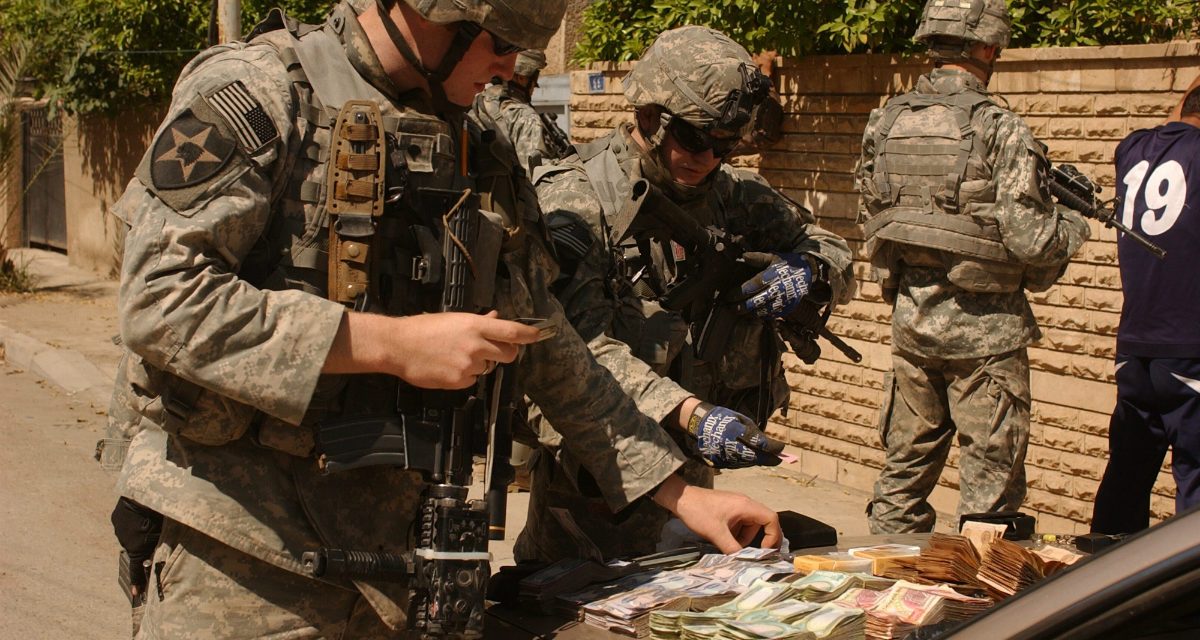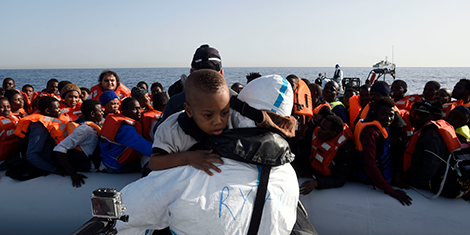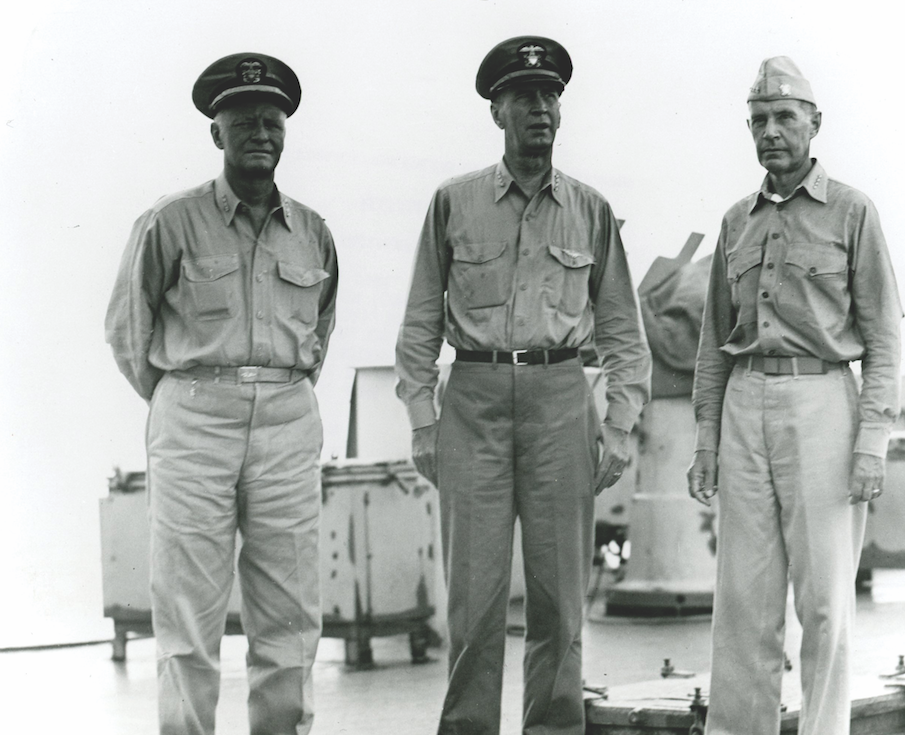Nasim Zehra
Journalist Nasim Zehra’s recently published book, From Kargil To The Coup: Events That Shook Pakistan, provides the first meticulous documentation of the events that surrounded the controversial Kargil incursion in 1999 which almost brought Pakistan and India to the brink of war. It is based on scores of primary interviews with military officials, politicians, civilian bureaucrats, analysts and Western envoys, as well as extensive research from published accounts in the international and domestic media. The following is an extract, reprinted under permission, that reconstructs the first time that a very secretive and already advanced military operation was divulged to the civilian government ostensibly in charge of approving such operations. What this narrative shows clearly is how the follies of non-consultative policymaking, critical non-engagement from civilians and military hubris can lead to political disasters and possibly worse...

